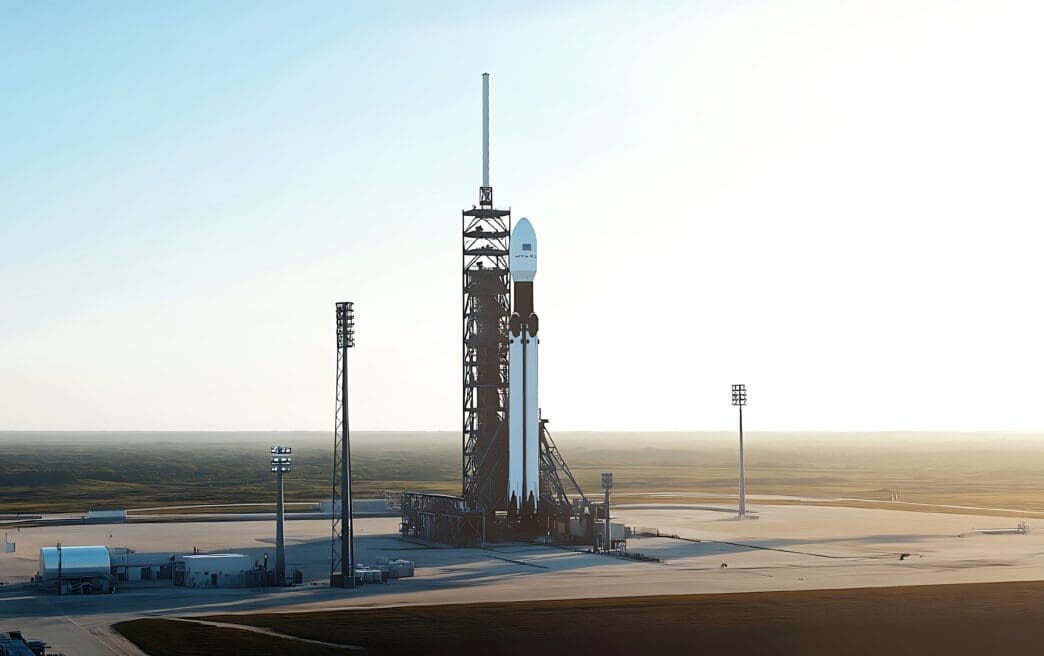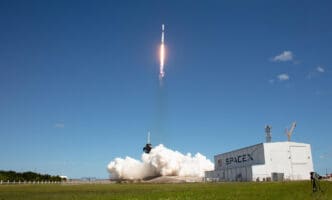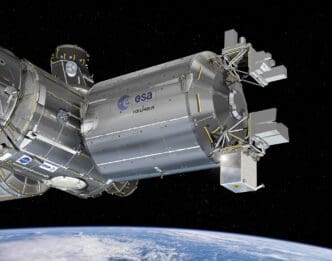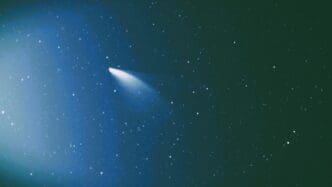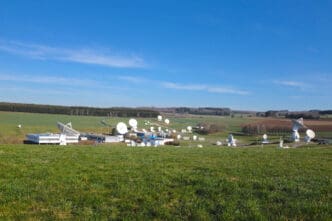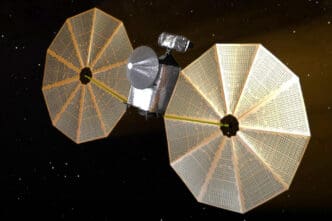In an exciting development for space exploration enthusiasts, NASA has hired SpaceX to launch its intriguing Pandora mission. This mission promises to deepen our knowledge of exoplanets, those mysterious worlds orbiting distant stars. It’s a big step forward, providing insights into how these planets and their stars interact. Get ready for some cosmic revelations!
This initiative is part of NASA’s innovative plan to study at least 20 exoplanets and their host stars. The Pandora mission aims to understand how changes in these stars affect our observations of exoplanet atmospheres. By examining how these celestial bodies interact, NASA hopes to gather unprecedented data that could enhance future space missions.
NASA has secured a launch service task order with SpaceX, a move that marks a significant milestone in the Pandora mission. This selection is part of NASA’s Venture-Class Acquisition of Dedicated and Rideshare (VADR) launch services contract. This agreement allows the agency to issue fixed-price, indefinite delivery/indefinite quantity awards over a five-year period, with a maximum value of $300 million across various contracts. With SpaceX on board, NASA can proceed confidently with its plans to explore the far reaches of the universe.
The Pandora mission will focus on studying exoplanets, aiming to observe 20 exoplanets and their host stars during its primary mission year. Each exoplanet will be observed ten times, with each observation lasting 24 hours. This detailed observation will occur during the transit of these planets, when a planet crosses in front of its host star. Such transits offer crucial data about the planets and their stars, enabling scientists to gather valuable information for future explorations.
Pandora’s innovative approach will help scientists solve mysteries of these alien worlds.
The heart of the Pandora mission lies in its 17-inch all-aluminum telescope, an instrument designed to simultaneously measure visible and near-infrared light from distant stars and transiting exoplanets. This technology allows scientists to separate the star and planetary signals effectively, enhancing our understanding of these celestial phenomena. The insights gained will bolster observations made by NASA’s James Webb Space Telescope and inform future missions aimed at finding habitable worlds.
Thus, Pandora is not just a mission; it’s a leap toward understanding our place in the cosmos.
NASA’s Launch Services Program, based at the Kennedy Space Center in Florida, oversees the VADR contract. This contract underlines NASA’s strategy of utilizing cost-effective, commercially available technologies to further its mission goals. With SpaceX providing the launch services, NASA leverages pioneering commercial technology to extend the frontiers of space exploration. The cooperation exemplifies NASA’s dedication to fostering partnerships that amplify its scientific endeavors.
Ultimately, such collaborations ensure that missions like Pandora are successful and impactful.
Pandora’s mission isn’t just about the data it collects; it’s about what it enables for future missions. By gathering critical information about exoplanets and their stars, Pandora lays the groundwork for enhanced observations from future space telescopes. This knowledge will contribute significantly to the search for habitable worlds and understanding our universe.
The breakthroughs anticipated from this mission could alter our understanding of life’s potential in the universe.
Pandora is the result of teamwork between prestigious institutions, namely NASA’s Goddard Space Flight Center and Lawrence Livermore National Laboratory. These facilities bring unique expertise and resources to the mission, ensuring thorough exploration of the scientific objectives. The Astrophysics Pioneers program supports Pandora, demonstrating NASA’s investment in innovative scientific missions.
The successful execution of Pandora hinges on the collaborative efforts of these talented teams.
SpaceX’s role in the Pandora mission is pivotal, providing the rocket power required to transport Pandora into orbit. This partnership reflects NASA’s confidence in SpaceX’s capabilities to meet the mission’s demands. SpaceX’s technology enables a seamless launch, ensuring Pandora reaches its destination safely.
Together, NASA and SpaceX are pushing the envelope of what’s possible in space travel.
Embarking on a mission to distant worlds, Pandora is more than a satellite; it’s a scientific odyssey. Its journey will provide invaluable data about exoplanets and their host stars, offering a clearer picture of our galaxy’s architecture. This mission is central to NASA’s broader aim of understanding the cosmos and our place within it.
Pandora’s exploration will help decipher the mysteries that have long intrigued scientists and space enthusiasts alike.
As Pandora embarks on its journey, the anticipation for groundbreaking discoveries grows. This mission is a testament to NASA’s commitment to exploring the unknown alongside trusted partners like SpaceX. The data collected could reshape our understanding of the cosmos, heralding a new era of astronomical discovery. Here’s to the stars illuminating secrets yet to be uncovered!


